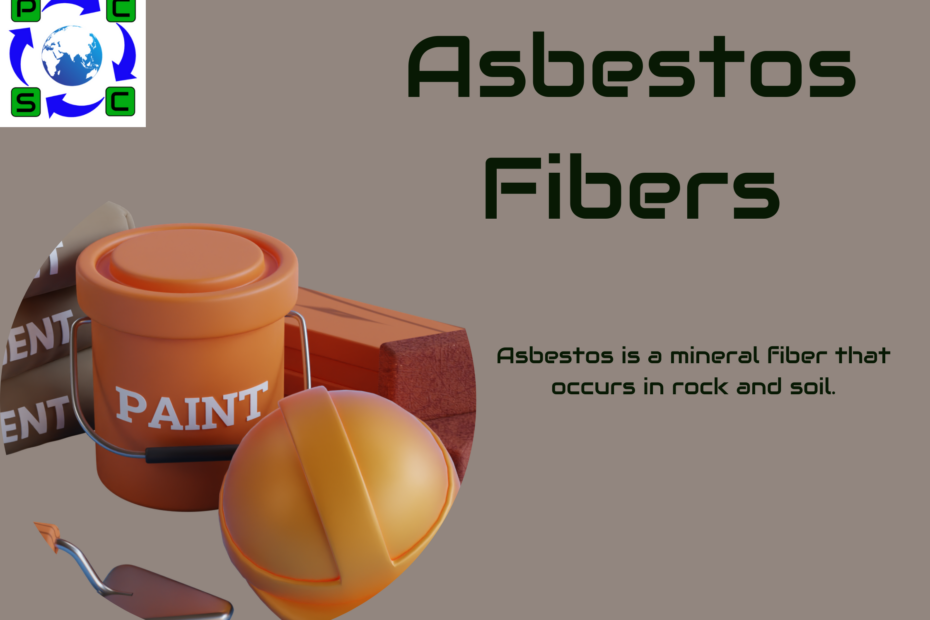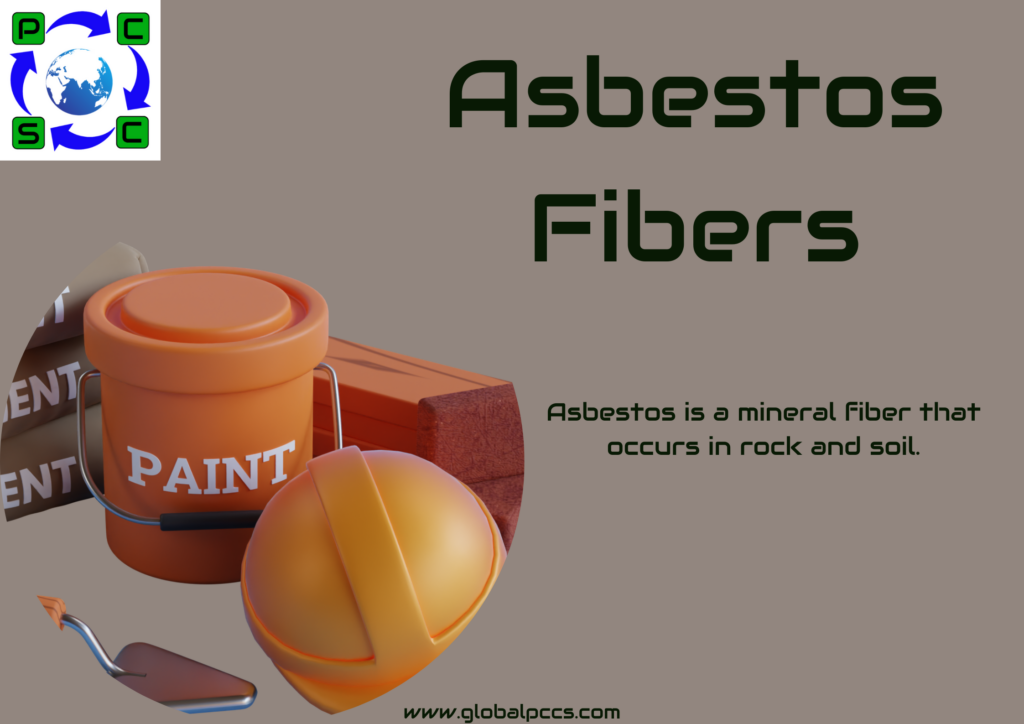What is Asbestos?
Asbestos is a mineral fiber that occurs in rock and soil.
Where Can I Find Asbestos?
Asbestos is utilised in insulation and fireproofing products due to its fibre strength and heat resistance. Asbestos has been used in many manufactured goods, including roofing shingles, ceiling and floor tiles,
paper products, asbestos cement products, friction products (automobile clutch, brake and gearbox parts), heat-resistant fabrics, packaging, gaskets and coatings.
How Can People Be Exposed to Asbestos?
Product use, demolition, building upkeep, repair, and renovation can release asbestos fibres into the air. When asbestos-containing material is disturbed, particles and fibres are released into the air, causing exposure.
Health Effects From Exposure to Asbestos
Exposure to asbestos increases your risk of developing lung disease. That risk is made worse by smoking. In general, the greater the exposure to asbestos, the greater the chance of developing harmful health effects.
Three of the major health effects associated with asbestos exposure are:
● lung cancer
● mesothelioma, a rare form of cancer that is found in the thin lining of the lung, chest and the
abdomen and heart
● asbestosis, a serious progressive, long-term, non-cancer disease of the lungs
EPA Actions to Protect the Public from Exposure to Asbestos
One of EPA’s priorities is to protect the public from adverse health effects of asbestos, a known carcinogen. Actions to protect the public from exposure to asbestos under the Toxic Substances Control Act (TSCA) include the following:
In March 2023 : – EPA released additional data related to the proposed risk management rule for public comment. These additional data concern chrysotile asbestos diaphragms used in the chlor-alkali industry and chrysotile asbestos-containing sheet gaskets used in chemical production.
April 2022 EPA’s Proposed Ban of Ongoing Uses of Asbestos : – To protect American workers and families from the unreasonable risk to human health indicated in the December 2020 chrysotile asbestos risk study. The proposed rule would ban chrysotile asbestos manufacture, import, processing, distribution, and commercial use for all ongoing uses. EPA proposes this risk management rule under TSCA section 6(a). The
first risk management regulation under re-authorized TSCA new procedure for assessing and addressing chemical safety is this proposed rule. EPA received rule comments through July 13, 2022.
The December 2020 Final Risk Evaluation for Asbestos, Part 1: Chrysotile Asbestos, found unreasonable risks to human health for all ongoing uses of chrysotile asbestos.
April 2019 Restrictions on Discontinued Uses of Asbestos Rule to ensure that asbestos products that are no longer on the market cannot return to commerce without the Agency reviewing and restricting or banning use. This rule addressed TSCA-legal uses that may have returned to the market at any time.
1989 Partial asbestos-product ban. After August 25, 1989, EPA banned new asbestos uses and products. Prohibited uses. These uses cannot return to market under the April 2019 ruling.
Summary : –
Asbestos is a mineral fiber found in rock and soil, used in insulation and fireproofing products. It can be exposed through product use, demolition, building upkeep, repair, and renovation. Exposure increases the risk of developing lung disease, which is made worse by smoking. EPA priority is to protect the public from adverse health effects of asbestos. EPA has taken several actions to protect the public from exposure to asbestos under the Toxic Substances Control Act (TSCA).
In March 2023, EPA released additional data related to the proposed risk management rule, which would ban chrysotile asbestos manufacture, import, processing, distribution, and commercial use for all ongoing uses. In April 2022, EPA Proposed Ban of Ongoing Uses of Asbestos was proposed, which would ban chrysotile asbestos manufacture, import, processing, distribution, and commercial use for all ongoing uses.
For more Asbestos related compliance queries please contact : pooja.h@globalpccs.com








 Authorised IMDS & CDX Training & Consulting partner for
Authorised IMDS & CDX Training & Consulting partner for






